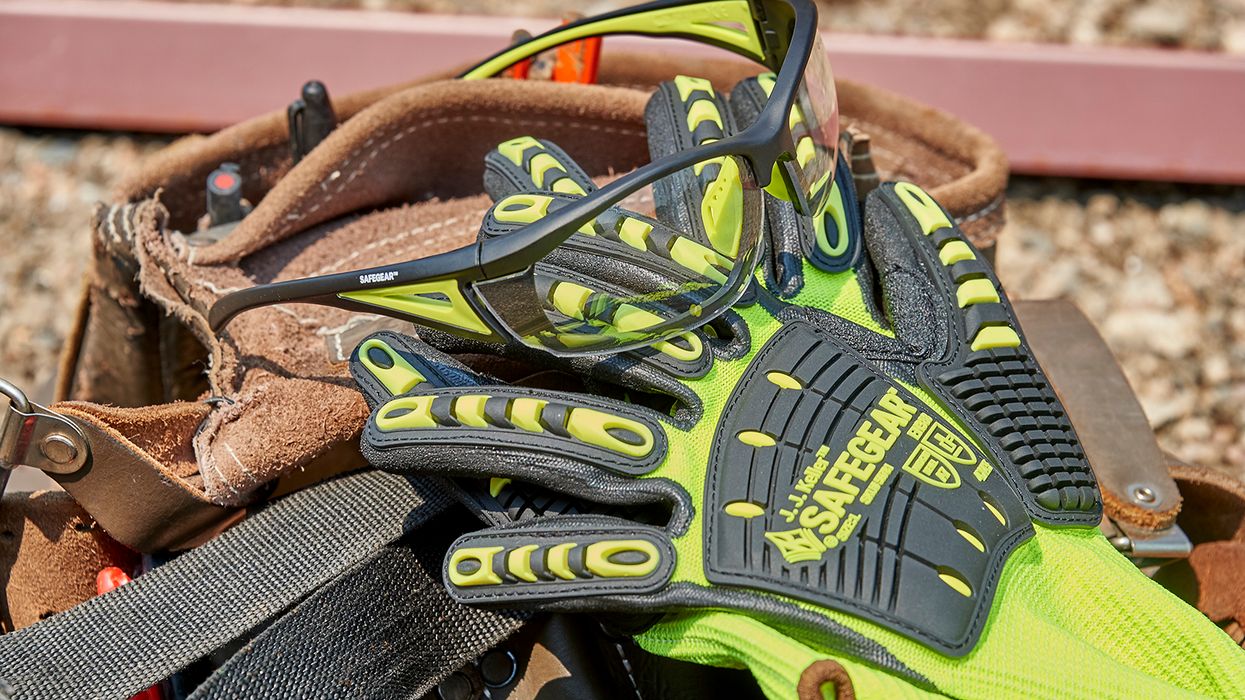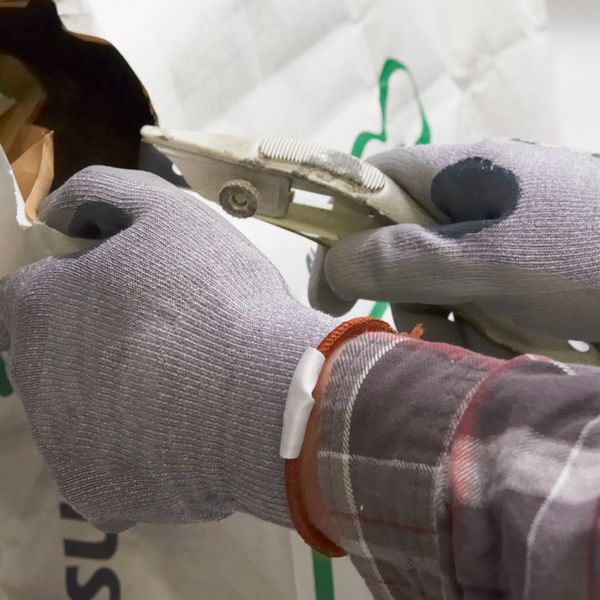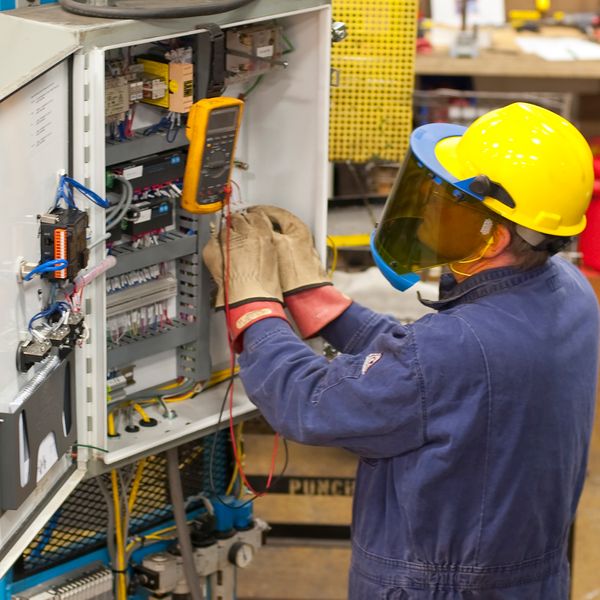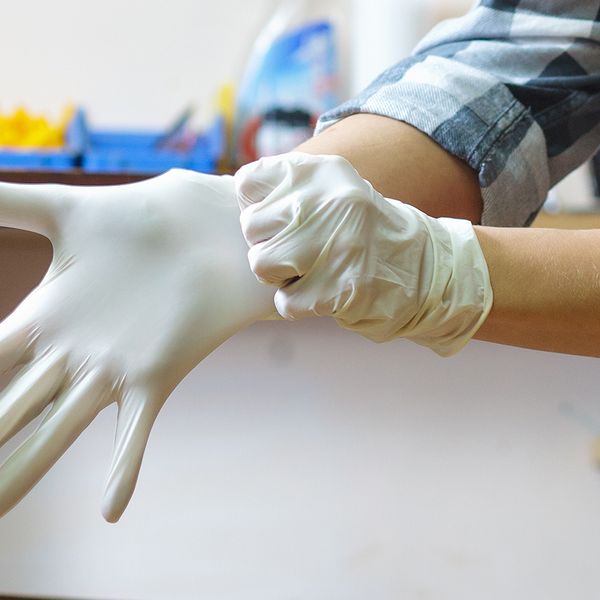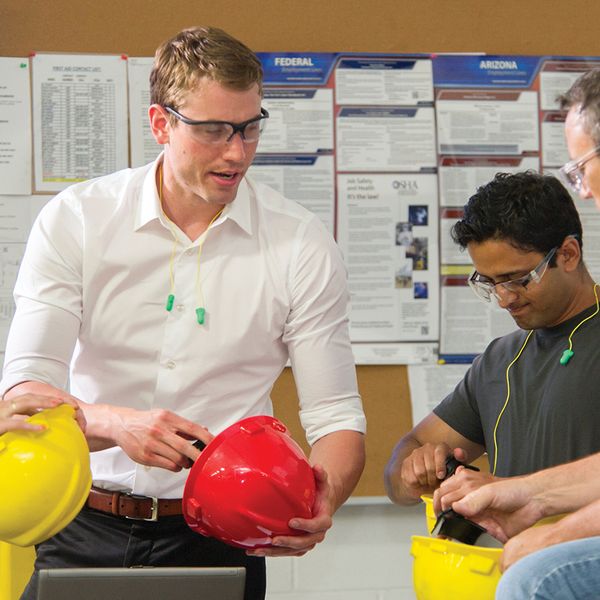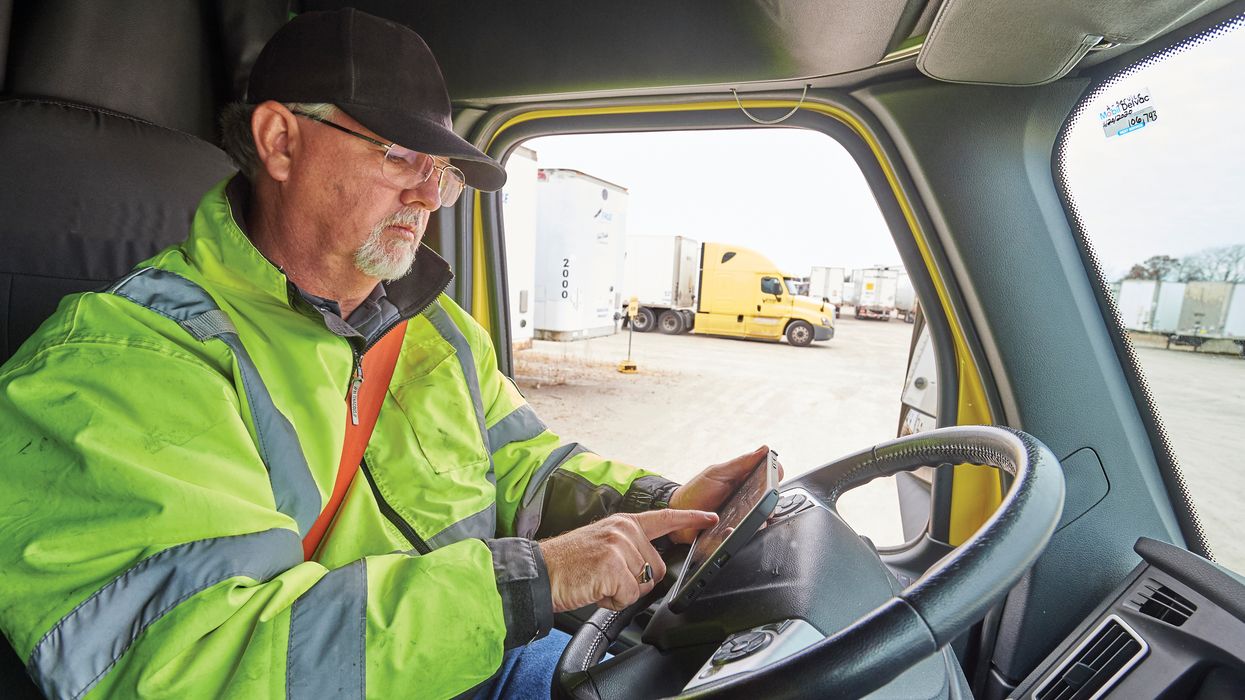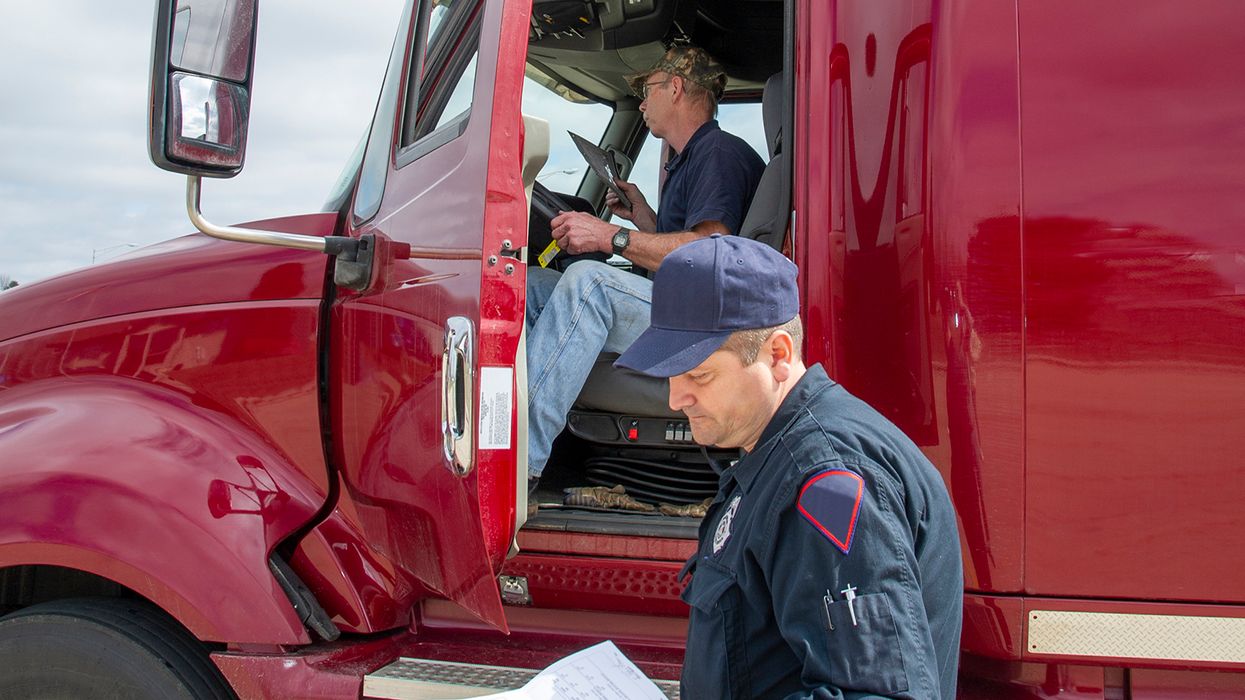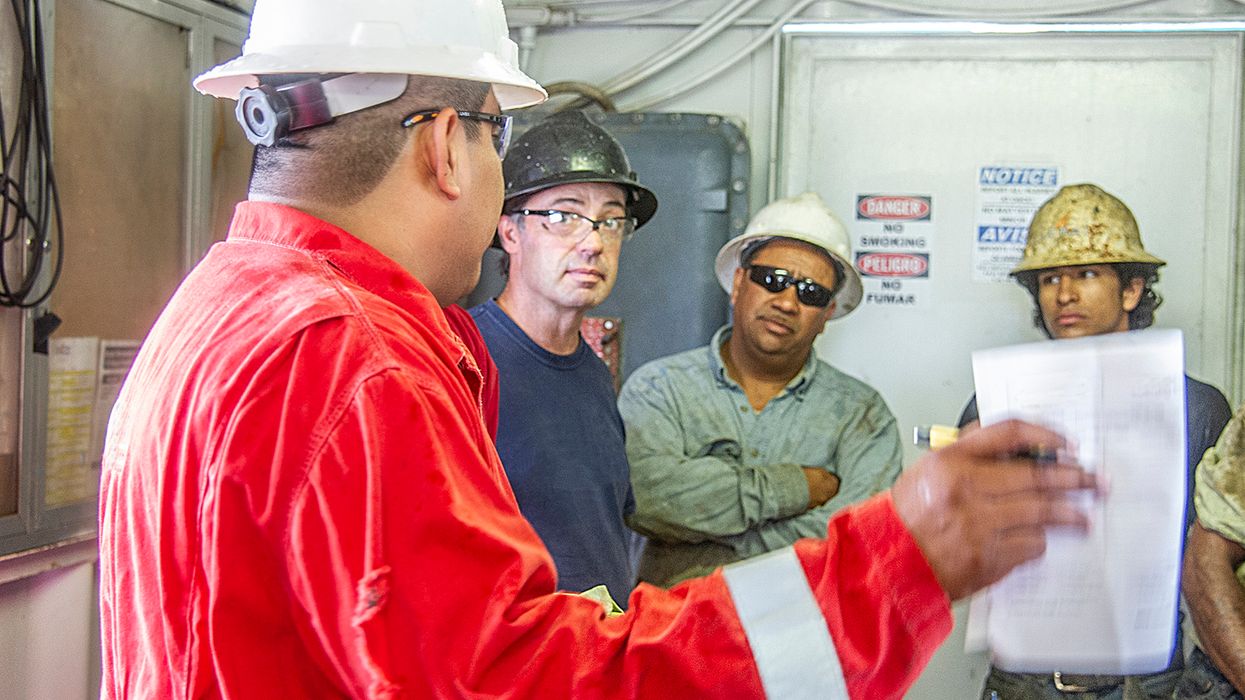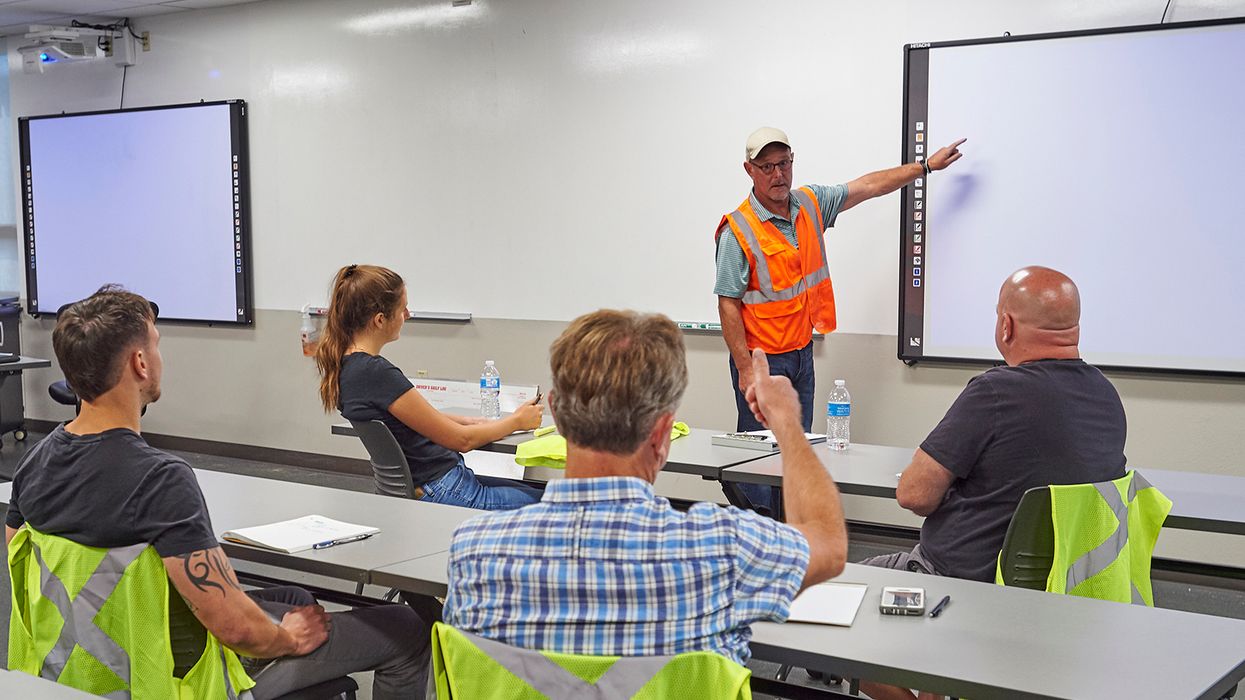Rising need for gloves over the next decade
Your arms help you to perform pulling and lifting movements. They work together, allowing you to perform basic tasks. If you injured your hands or arms and lost the ability to use them, it would significantly impact the quality of your life. Global Market Insights anticipates the glove market to increase from $7.5 billion to $13.5 billion by 2032. This projection comes from increased worker hazards anticipated across industries expanding the need for mechanical gloves, chemical and liquid protection, thermal gloves, and special protective gloves such as ones with cut-level protections.
Gloves can cover your hands, or use long sleeves to cover your arms. Gloves shouldn’t limit your ability to perform your work duties safely. For instance, workers in the meatpacking industry wear metal mesh gloves while working with sham knives and saws and need finger dexterity to grip the knife. Wear leather gloves or leather reinforced with metal stitching while handling rough or abrasive materials. These gloves are also available with long sleeves to protect your arms.
What do all those numbers mean that are imprinted on cut-resistant rated work gloves? They correlate to how resistant the gloves are to abrasions, cuts, tears, or punctures. Data from the U.S. Bureau of Labor Statistics show that 70 percent of cuts and lacerations occur to workers’ hands and fingers — another reason workers need to wear cut-resistant gloves. Considering that 30 percent of all workplace injuries involve cuts or lacerations, using cut-resistant gloves with nitrile and polyurethane coatings or steel fibers are workers’ best defense in preventing these kinds of injuries.
In 2016, ANSI expanded its five cut-level protections into four additional categories under its ANSI/ISEA 105 standard, Hand Protection Selection Criteria. These additional categories are A6 through A9. You’ll also see an EN 388 infographic on cut-resistant gloves. Like ANSI 105, an EN 388 cut rating correlates with cut resistance levels used outside the United States in the European Union Countries. In North America, though, ANSI 105 cut resistance ratings are used.
Remember, cut-resistant gloves are not cut-proof but are made and tested to resist a cut from a blade or sharp object. A higher cut rating means that the glove material resisted higher cutting force during testing.
J. J. Keller® SAFEGEAR® Nitrile Cut Level 2 Gloves and J. J. Keller™ SAFEGEAR™ Polyurethane Dipped Cut Level A3 Gloves offer protection from light/medium cut hazards, including the job tasks under A1 but with increased cut force resistance. Level A1 is rated for light-cut hazards like material handling, packaging, or small parts assembly. Nitrile and polyurethane coating offers less cut resistance protection than steel fibers do.
Wearing sleeves is a great way to protect your arms from sharp objects. J. J. Keller™ SAFEGEAR™ Polyurethane Coated Cut Level A4 Gloves and J. J. Keller™ SAFEGEAR™ Hi-Vis Cut-Resistant Protective Arm Sleeves are rated for light/medium-cut hazards like dry walling, metal fabrication, and metal handling. J. J. Keller™ SAFEGEAR™ Cut Level A5 Gloves are ideal for medium cut hazards like food prep/processing, appliance manufacturing, and automotive assembly and contain up to 30 percent steel fiber for added cut resistance.
Levels A6 through A9 offer increasing protection from high-cut hazards like metal stamping, glass manufacturing, changing slitter blades, and window manufacturing. J. J. Keller® SAFEGEAR® Cut Level A7 Gloves contain up to 40 percent steel fibers.
Perform a PPE assessment to determine which types of hand and arm PPE will offer adequate protection from cuts and lacerations. Caring for and cleaning hand and arm protection and inspecting them regularly for changes in shape, hardening, stretching, or rips will maximize protection for workers.
Key to remember
Gloves shouldn’t limit your ability to perform your work duties safely. Wear leather gloves or leather reinforced with metal stitching while handling rough or abrasive materials. These gloves are also available with long sleeves to protect your arms.

